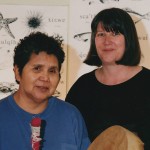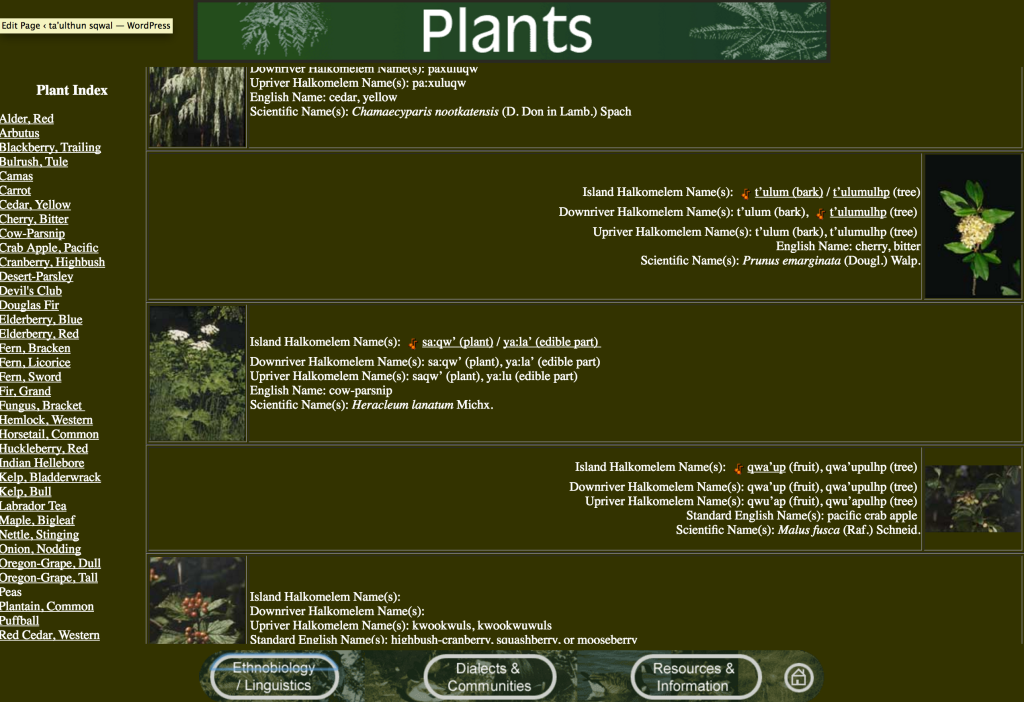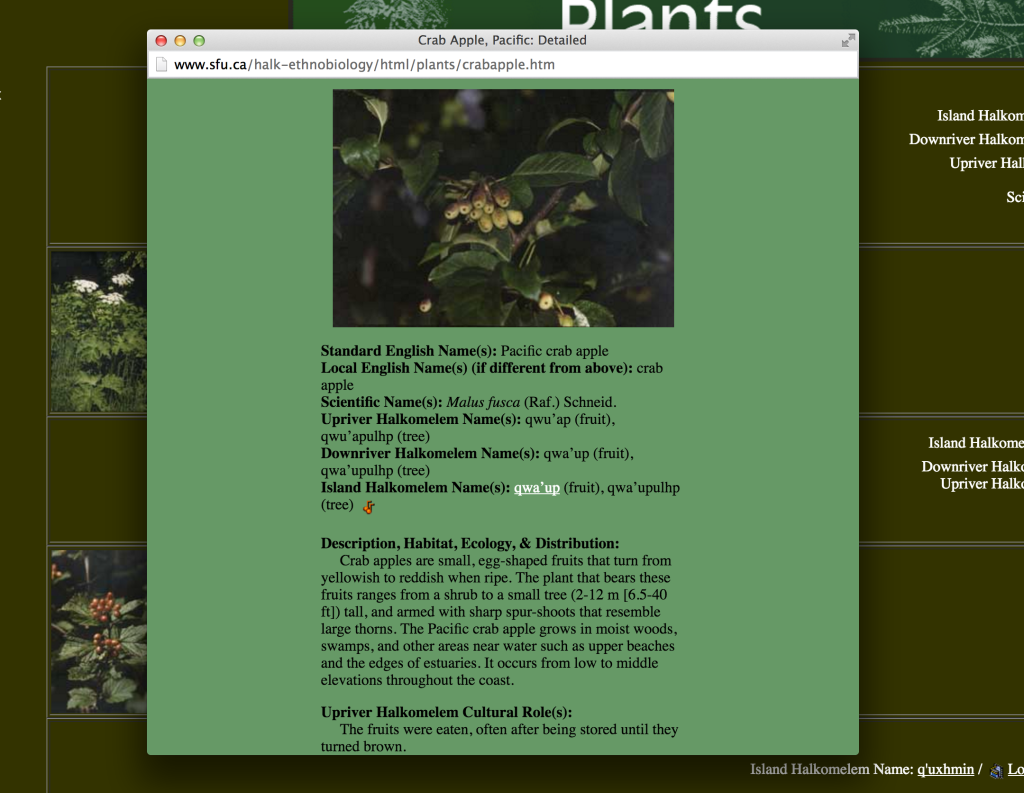Resources
Many of our HLCS team are also language teachers who create materials to share with schools and parents.
Teachers’ Resources
Online Flashcards – link to flashcards
Grammar Problem Sets – link to page with audio ✨ Audio added Oct 2022 | download as pdf
Hul’q’umi’num’ 175 Little Words (download as pdf) The Hul’q’umi’num’ language has many beautiful little words that are used to make grammatical sentences and to add interesting meanings. Here is a list of 175 little words (clitics and particles and other function words), along with the interlinear gloss that we use when we analyze sentences.
Many of the children are learning Hul’q’umi’num’ at a young age, even before they learn to write. So we have designed books on numbers and math and writing letters and easy words in Hul’q’umi’num’ for our youngest learners.
xul’ut s’aa’lh sqwal – writing book: coming soon
Numbers 1- 10: coming soon
Hul’q’umi’num’ Math Book 1: coming soon
Hul’q’umi’num’ Word Architecture Video Series
This series of Hul’q’umi’num’ language lessons focus on the grammatical structure of verbs. These videos were originally part of a Word Architecture Class delivered in collaboration with Hul’q’umi’num’ Language and Culture Society and Simon Fraser University. Each lesson focuses on a different grammatical feature. Elder Delores Louie pronounces the words and the students repeat. In each video, a series of pop ups offer the learner more in-depth information on particular linguistic concepts discussed by Janet Leonard throughout the video.
- Lesson One: Limited Control =nehw vs =nuhw
- Lesson Two: Reflexive =that vs =thut and Reciprocal =tal vs =tul
- Lesson Three: Plain Progressives and Root Shapes
- Lesson Four: Plurals and Diminutives
- Lesson Five: Diminutives
- Lesson Six: Duratives
Visit our YouTube channel to see all of our Hul’q’umi’num’ videos.
We have been working diligently for several decades to document and analyze the language.
Dictionaries, Lexicons
Dictionaries and other types of lexicons are an important source of information on a language. Thanks to the efforts of our native speakers with linguistics training and the linguists and other experts that work with them, we have many types of dictionaries available for use for language teachers and language learners.
Gerdts, Donna, Leonard Edwards, Charles Ulrich, and Brian Compton. Hul’q’umin’um’ Words: An English-to-Hul’q’umin’um’ and Hul’q’umin’um’-to-English Dictionary. Prepared for the Chemainus, Nanaimo, and Nanoose First Nations and Nanaimo School District No. 68, December 1997
Thomas E. Hukari, Editor, Ruby Peter, Associate Editor.
The Cowichan Dictionary of the Hul’qumin’um’ Dialect of the Coast Salish People. Cowichan Tribes.
Right-click (control-click on a Mac) the link and choose “Save Link As…” to save the document to your computer
Grammars
Grammatical descriptions and teaching grammars are sometimes useful for understanding how a language works.
Research from Donna Gerdts
Linguist Donna Gerdts has been working on Hul’q’umi’num’ since 1975. She has worked with over one hundred Elders documenting and doing analysis of the language.
To see some of her publications, visit:
http://www.sfu.ca/~gerdts/
Research from Thomas Hukari
Linguist Thomas Hukari has been working on Hul’q’umi’num’ since 1974. He has written papers on many aspects of the language including phonology, morphology, and syntax.
To see some of his publications, go to: (link coming soon)
Plants
Donna Gerdts and Brian Compton, 1999, with the help of Elders, linguists, and a web-design class from BCIT, constructed a site featuring information on some native plants with words and recordings from all Island dialect, Downriver dialect, and Upriver dialect.
Native Peoples, Plants & Animals: A Halkomelem Ethnobiological Web Site
Visit site: www.sfu.ca/halk-ethnobiology


